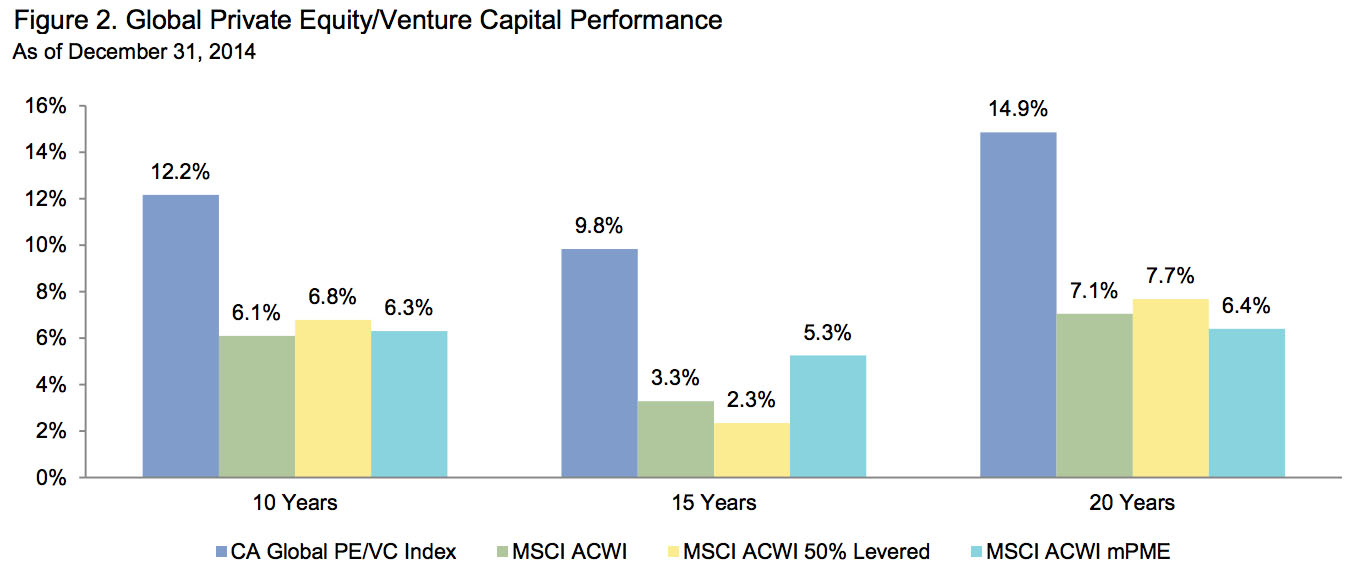Warren Buffett has advised his wife to invest her bequest 90% in stocks and 10% in bonds—and this asset allocation mix could work for retirees, according to a study.
Javier Estrada of the IESE Business School in Barcelona argued the 90/10 allocation to low-cost S&P 500 index funds and short-term government bonds is “not only simple, but also sound.”
“I believe the trust’s long-term results from this policy will be superior to those attained by most investors—whether pension funds, institutions, or individuals—who employ high-fee managers,” Buffett wrote in his 2013 letters Berkshire Hathaway shareholders.
According to Estrada’s paper, Buffett’s suggested asset allocation recorded a very low failure rate—the likelihood of the retiree running out of money prematurely—of 2.3%, below the acceptable rate of 5% for most retirees.
The asset mix also provided a “middle ground between the best-performing strategy (100/0) in terms of upside potential and the best-performing strategies (60/40 and 70/30) in terms of downside protection.”
Even in the worst 5% and 10% of retirement periods during the studied 115-year period between 1900 and 2014, the 90/10 allocation only slightly underperformed the 60/40 and the 70/30, the paper said.
Furthermore, adding dynamic changes to Buffett’s advised allocation could improve on the 90/10 and 60/40 allocations, Estrada said.
When stocks do well, retirees should take the annual withdrawal from stocks and rebalance the rest of the portfolio back to the 90/10 allocation, the paper said. On the other hand, when bonds outperform, retirees should withdraw from bonds but not rebalance the portfolio.
“Withdrawing from bonds when stocks have performed badly, in absolute or relative terms, buys the time the stocks need to sooner or later stage their recovery,” the paper said.
These changes could provide higher upside potential and better downside protection, Estrada added, without having to process “vast amounts of information” other than the stock market’s performance.
Related: ‘Be More Like Buffet’, LA Pension Told & Buffett: Public Pensions Are a ‘Financial Tapeworm’

 Source: Cambridge Associates
Source: Cambridge Associates